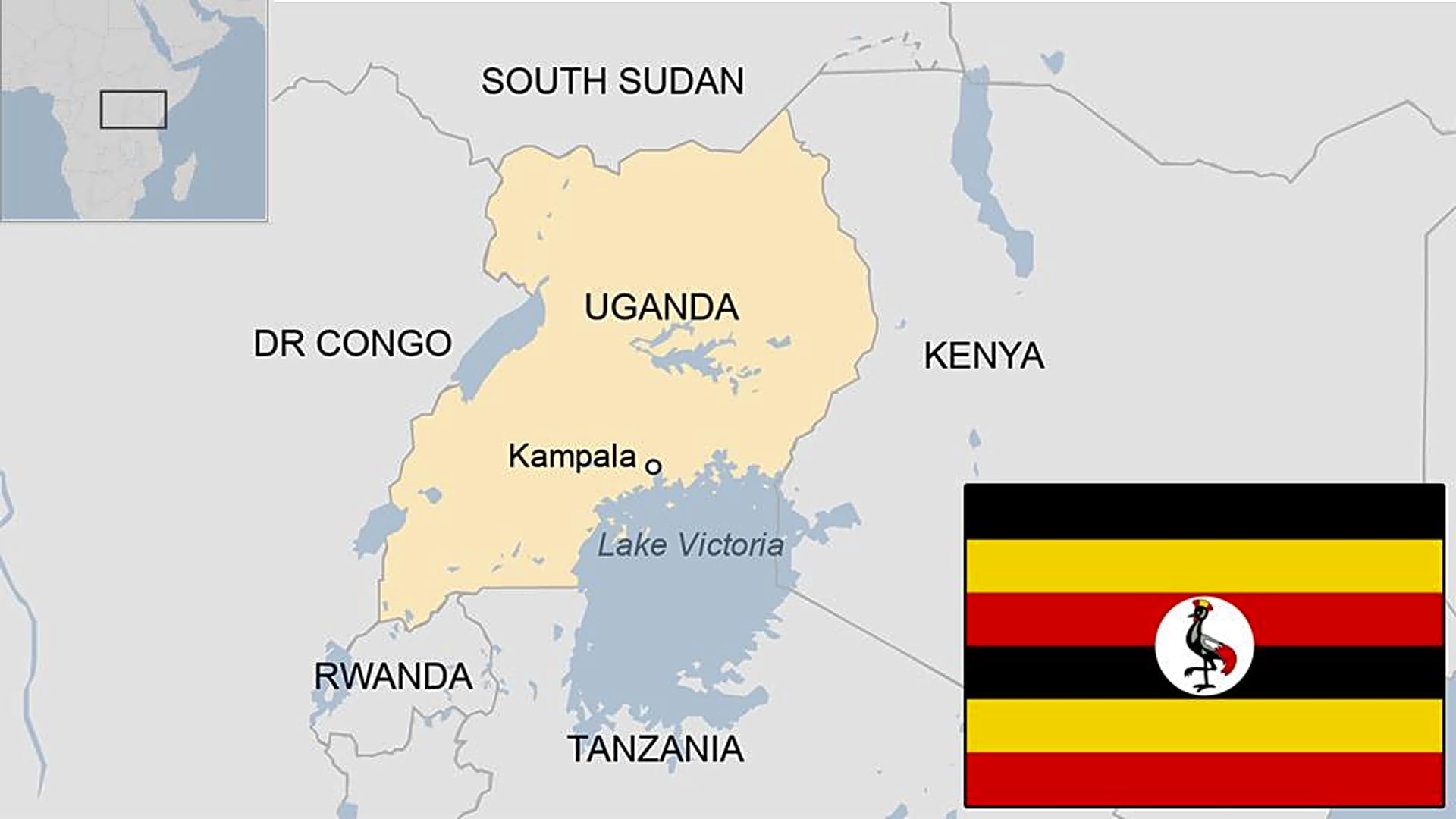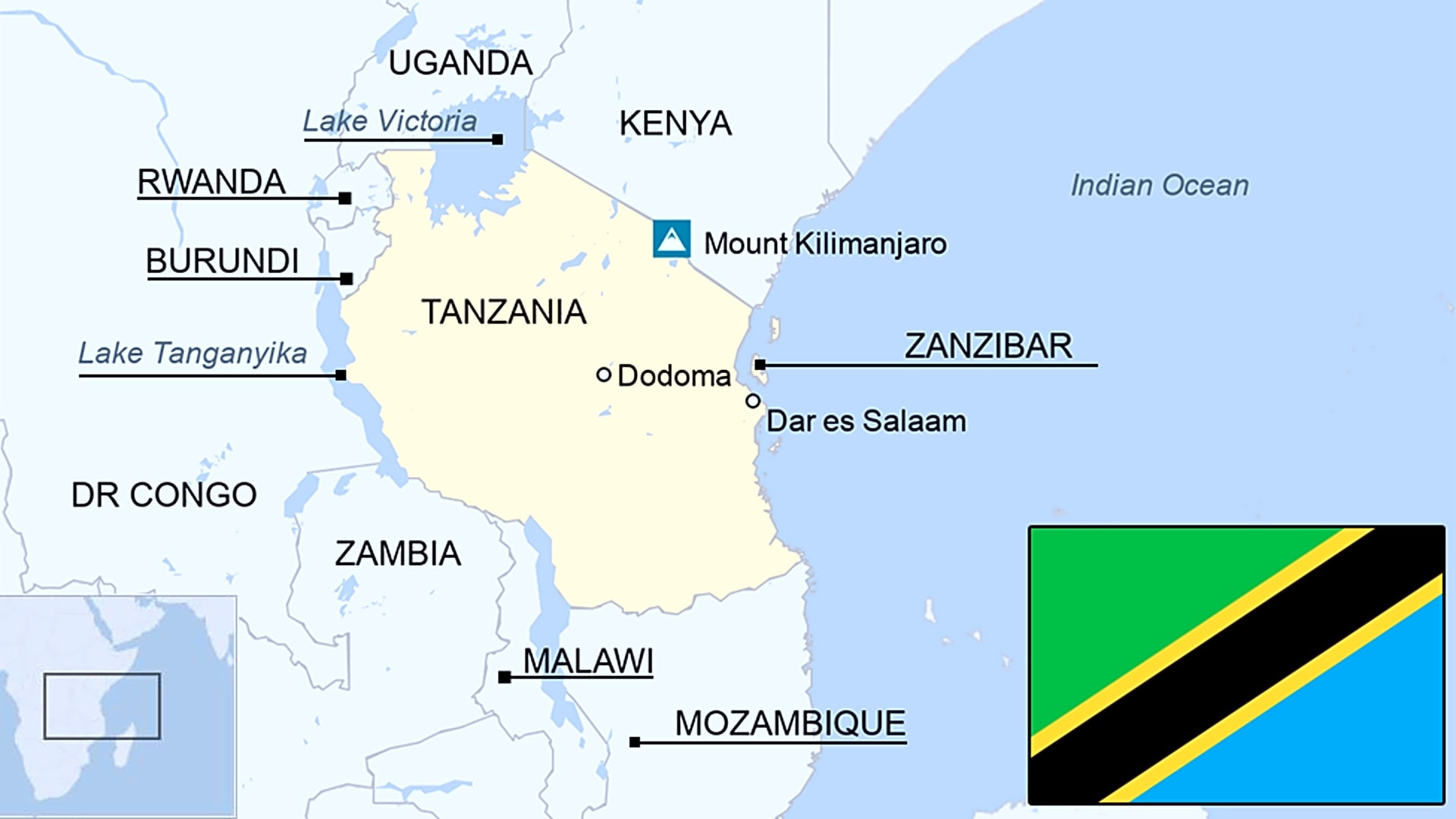Twelve young Tanzanians with a range of educational backgrounds have created a robot photographer that aims to solve issues that videographers encounter, like standing in the sun for extended periods of time while filming. The invention coincides with Tanzania’s government’s recent announcement of a national budget that emphasises robotics and artificial intelligence (AI).
A spending plan for 180.9 billion Tanzanian shillings for the 2024–2025 fiscal year was recently given by Nape Nnauye, Minister of Information, Communication, and Information Technology. The plan places a strong emphasis on building an AI laboratory and integrating robotics into a number of industries, a move that demonstrates the nation’s dedication to making progress in this area.
The robot photographer was designed with assistance from specialists in electronics, metalworking, woodworking, and aluminium. It has built-in lights and can operate both during the day and at night. Prof. Baraka Maiseli, who is in charge of the Department of Electronics and Communication Engineering at the University of Dar es Salaam’s College of Information and Communication Technologies, provided direction to the team.
One of the innovators, Brighton Katabazi, the director of Dodoma’s KBTIT video recording studio, said that the concept came about a year ago. The difficulties faced by his studio employees, who frequently had to stand for extended periods of time while recording at events, served as inspiration for the project.
Our employees occasionally have to stand in the sun while the subject of the video is in the shade. The operator must manually reposition the camera if it is left unattended and the subject moves, according to Katabazi. “We were motivated by these difficulties to create a robot that can carry a camera and take excellent pictures without requiring a person to move around.”
At the moment, the robot can move with freedom and ease thanks to a remote control. The group intends to improve it even more by adding artificial intelligence for self-sufficient functioning.
With 45% of the project completed so far, an investment of 3.5 million Tanzanian shillings has been made, and the total project cost is expected to reach 15 million shillings upon completion. The government’s increased funding towards AI and robotics in the national budget indicates a supportive environment for such local innovations. This strategic direction is expected to significantly contribute to technological advancement and the broader application of AI and robotics in various sectors across Tanzania.


